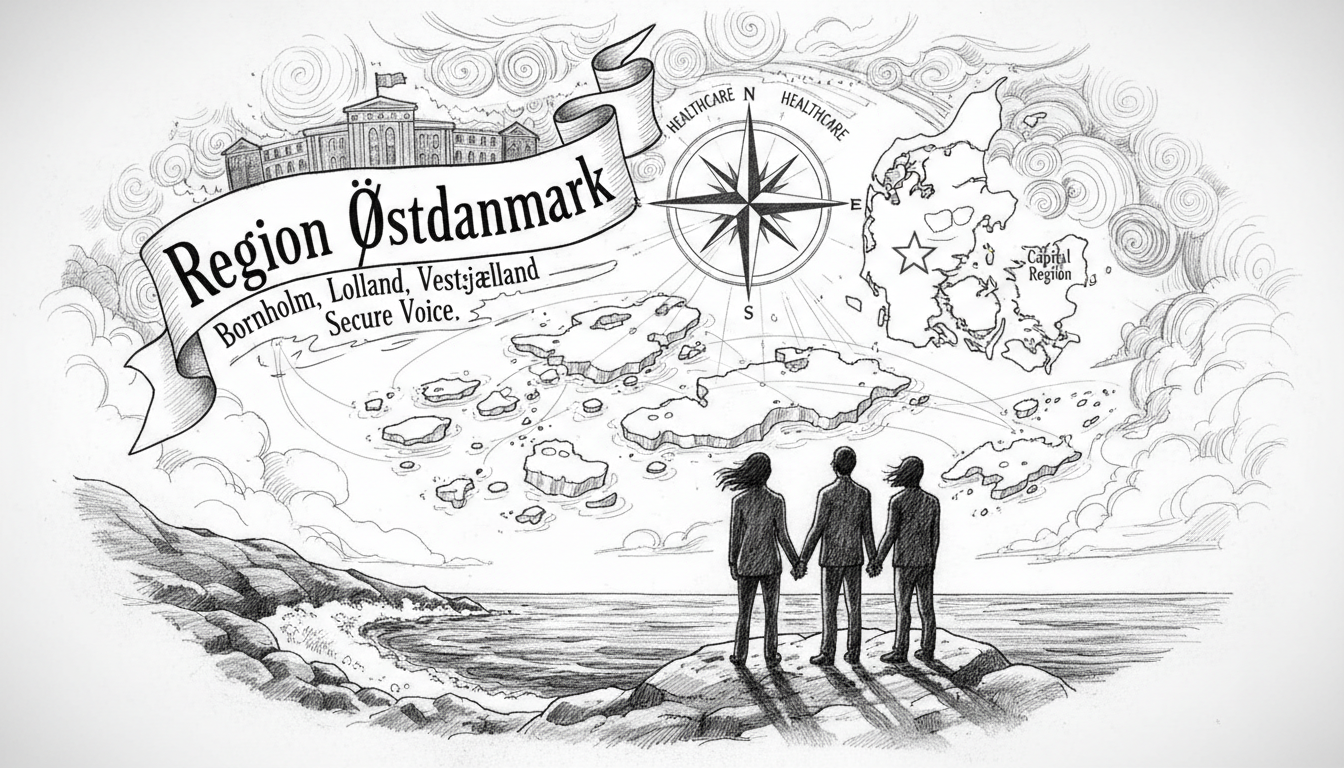Voters across eastern Denmark have delivered a surprising result in the new super-region elections. Despite fears that the capital area would dominate, outlying territories like Bornholm, Lolland, and Vestsjælland achieved remarkable representation. The outcome defied expectations about urban-rural political balance in Denmark's largest administrative reform.
Political researcher Kasper Møller Hansen expressed satisfaction with the geographical distribution. He noted that most areas gained meaningful representation despite initial concerns about capital dominance. The results show voters prioritized local candidates who understand regional challenges.
Bornholm residents celebrated an unexpected victory with three politicians elected to the new regional council. Local voter Grethe Jensen described the outcome as fantastic. She had only dared hope for one representative from their Baltic Sea island. The island's 39,000 residents now hold three of 47 seats in Region Østdanmark, meaning 6.38% of council members represent just 1.4% of the population.
The newly elected Bornholm representatives include Laila Kildesgaard from the Social Democrats, René Danielsson from the Danish People's Party, and Sanne Friborg from the Red-Green Alliance. Kildesgaard acknowledged voters heeded calls to support local candidates. She emphasized that healthcare equality would remain her priority across the entire region.
This representation matters profoundly for island communities facing healthcare access challenges. Jensen hopes the stronger voice will attract more doctors to Bornholm. Residents currently face difficult journeys to Copenhagen when local hospital expertise proves insufficient.
The political shift stems from Denmark's healthcare reform that merges Region Hovedstaden and Region Sjælland into Region Østdanmark starting in 2027. The consolidation aims to distribute healthcare resources more evenly across eastern Denmark. The new super-region will encompass 2.78 million residents, representing 46% of Denmark's population.
Lolland and Falster also secured local representation despite struggling with severe doctor shortages. These areas host some of Denmark's least healthy citizens yet face healthcare resource challenges. Voters elected Torben K. Hollmann, Iben Krog, and Benny Damgaard from Lolland alongside John Hansen from Falster.
Researcher Hansen believes voters responded to healthcare inequality by supporting local candidates. People in these regions have personally experienced doctor shortages and unequal healthcare access. The personal voting patterns outside urban centers contributed to this outcome.
Liberal Party representative Iben Krog confirmed this analysis. She noted Lolland voters remembered to vote and voted personally for local candidates. Having four representatives advocating for local interests creates a stronger collective voice in the new super-region.
Local voter Gitte Nielsen expressed relief about the representation. She noted their area often feels forgotten and hopes the elected officials can improve conditions. Nielsen personally voted for local candidate Torben K. Hollmann, trusting his understanding of local dynamics.
The final council composition shows 23 of 47 members originate from the current Region Sjælland. This exceeds researcher expectations and reflects a consistent voting pattern. Urban areas, particularly the capital, tend toward less personal voting while rural areas show stronger preference for local candidates.
Voter turnout reached 67.9% across the new region with nearly 1.45 million ballots cast from 2.2 million eligible voters. The results demonstrate how Danish regional reforms can maintain local representation despite creating larger administrative units. The outcome suggests voters strategically supported candidates who understand their specific healthcare and infrastructure challenges.

